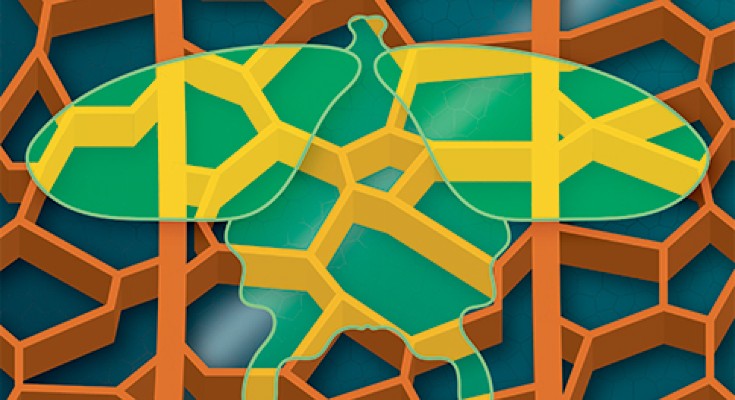
April issue is out!
Launched in January 2024, Nature Reviews Electrical Engineering is an online-only reviews journal aiming to cover the breadth and depth of modern electrical engineering and electronics.

Launched in January 2024, Nature Reviews Electrical Engineering is an online-only reviews journal aiming to cover the breadth and depth of modern electrical engineering and electronics.


Magnetoelectric (ME) microelectromechanical and nanoelectromechanical systems (M/NEMS) are vital for addressing the challenges of the internet of things (IoT) networks in size, energy efficiency and communication. This Review delves into ME materials and M/NEMS for IoT applications, such as sensing and communication technologies.